Diamonds are the hardest material on earth, are made from just one element (carbon) and most were formed more than a billion years ago.
As gemstones go, it's pretty clear that diamonds are forever, as they hold a lasting, timeless appeal.

Where do diamonds come from?
Diamonds form deep within the Earth's mantle under extreme heat and pressure over billions of years. Volcanic eruptions bring them to the surface in structures called kimberlite pipes.
Once mined, they go through cutting, polishing, and certification before reaching jewellers and customers, becoming the diamond ring you see in the shop or online.
Why are diamonds such a popular gemstone for engagement rings?
Diamonds have become the ultimate symbol of love and commitment, but their popularity as engagement ring stones is rooted in history, durability, and cultural influence.
1. Symbolism
Diamonds represent eternity and strength, making them a perfect symbol of lifelong commitment. Their status as the hardest natural substance on Earth represents an unbreakable bond between two people.
2. Durability
With a 10 on the Mohs hardness scale, diamonds resist scratches and wear, ensuring an engagement ring can withstand daily life and be passed down through generations.
3. Cultural and historical significance
The tradition of diamond engagement rings dates back centuries but became widespread in the 20th century following the famous "A Diamond is Forever" campaign in the 1940s.
4. Beauty
Diamonds have a unique ability to reflect and refract light, creating an unmatched sparkle - a stunning centrepiece for an engagement ring.
5. Versatility
Diamonds come in a variety of cuts, settings, and styles, allowing you to choose a design that reflects your personality and taste - from the classic solitaire to more contemporary, custom pieces.

Is diamond a birthstone?
Yes, diamonds are the birthstone for April. Learn more about birthstone jewellery.
Understanding diamond jewellery terminology
To understand the terminology used by retailers when referring to diamonds (the four Cs, anyone?), here's a little bit of information about the grading system developed by the GIA (Gemological Institute of America) in the 1950s.
It established the use of four important factors to describe and classify diamonds:
- Clarity
- Colour
- Cut
- Carat Weight.
Clarity
Clarity refers to the inclusions and blemishes (or absence of) within a diamond; imperfections that are present, that may or may not be visible to the naked eye. How this is measured can be seen on the scale below.
Whilst a Flawless (FL) diamond is as rare as hen's teeth, this is where the scale starts, moving all the way down to Included (I). We use diamonds of a VS quality.
Colour
A diamond's colour is graded from D (colourless - the most valuable) - Z (heavily tinted). We use diamonds of a G colour. Diamonds come in many colours, including yellow, blue, green, black, and red.

Cut
An expertly cut diamond will dazzle like nothing else. The term cut also refers to the style/shape into which the diamond has been fashioned.
The diamond cut we predominantly use is round, brilliant cut diamonds, although marquis, princess and emerald are some of the other popular cuts available.
Carat
A diamond's weight is measured in carats (ct), which is divided into 100 points. For example, a diamond weighing 50 points (expressed as 0.50 pts) would more likely be referred to as 1/2 a carat.

Is diamond mining ethical?
Natural diamond mining, like any form of resource extraction, can be physically demanding and, in some cases, hazardous.
And while traditional, unregulated mining methods posed risks, the industry has made significant changes to improve mining standards.
Ethical initiatives, such as the Kimberley Process and other certification schemes, stop the trade of conflict diamonds and ensure diamonds are sourced responsibly.

Major diamond-producing countries
Ethically sourced diamonds come from various locations worldwide, with some of the largest producers including:
- Botswana – known for its high-quality, conflict-free diamonds and strong ethical mining regulations.
- Canada – home to some of the world's most sustainable diamond mines, ensuring minimal environmental impact.
- Australia – a major source of unique coloured diamonds, especially pink diamonds from the Argyle Mine.
- Russia – produces a significant share of the world’s diamonds, including high-quality gem grade stones.
- South Africa & Namibia – historic diamond-producing nations with both land-based and marine mining operations.
Ethical diamonds: our commitment as a jeweller
At Kate Smith Jewellery, we only use natural diamonds rather than lab-grown, synthetic diamonds.
We are committed to sourcing diamonds that meet the highest ethical and environmental standards. This means:
- Conflict-free – our diamonds comply with United Nations resolutions and are not associated with funding violence or exploitation.
- Responsible mining – we work with suppliers who adhere to fair wages, safe working conditions, and sustainable mining.
- Traceable origins – We prioritise diamonds with transparent sourcing, ensuring they come from reputable mines with ethical standards.
By choosing ethically sourced diamonds, you can wear your jewellery with confidence and peace of mind.
Now, that's enough talk about diamonds, let's actually take a look at some!


















